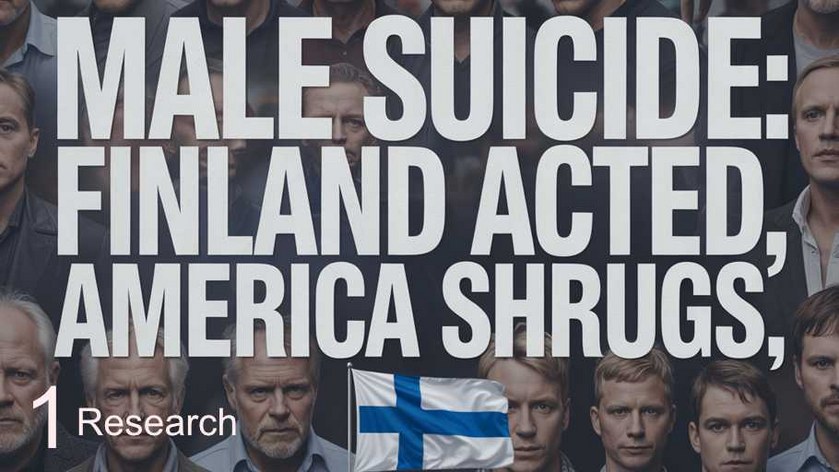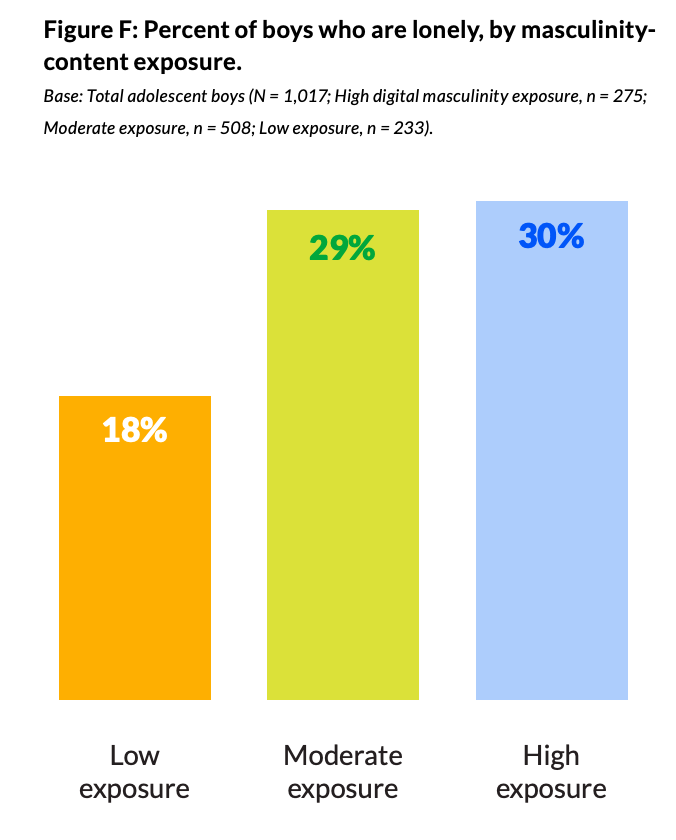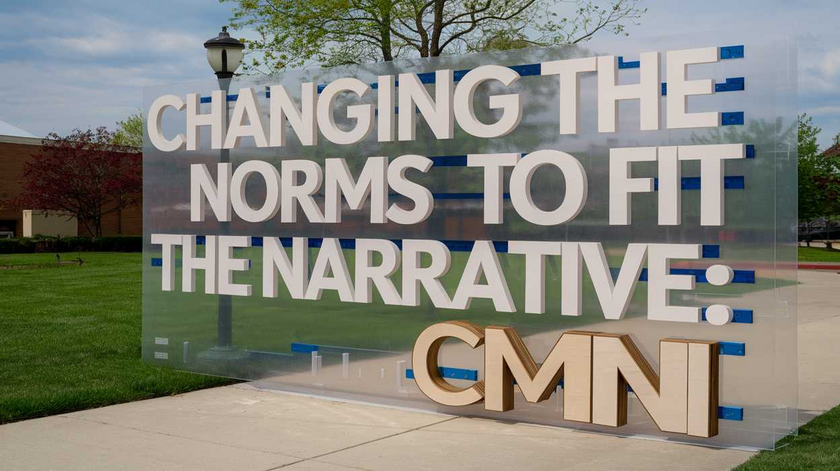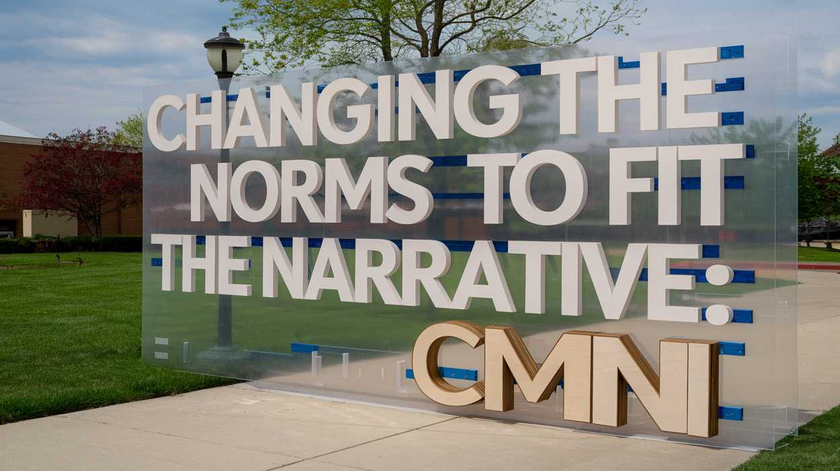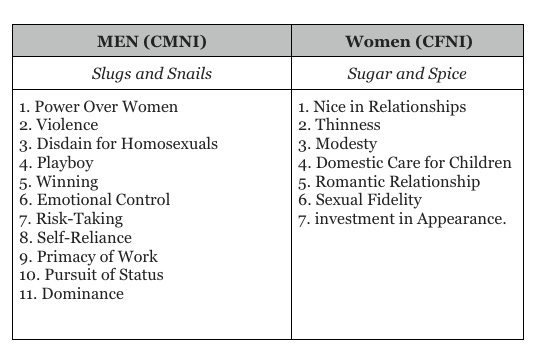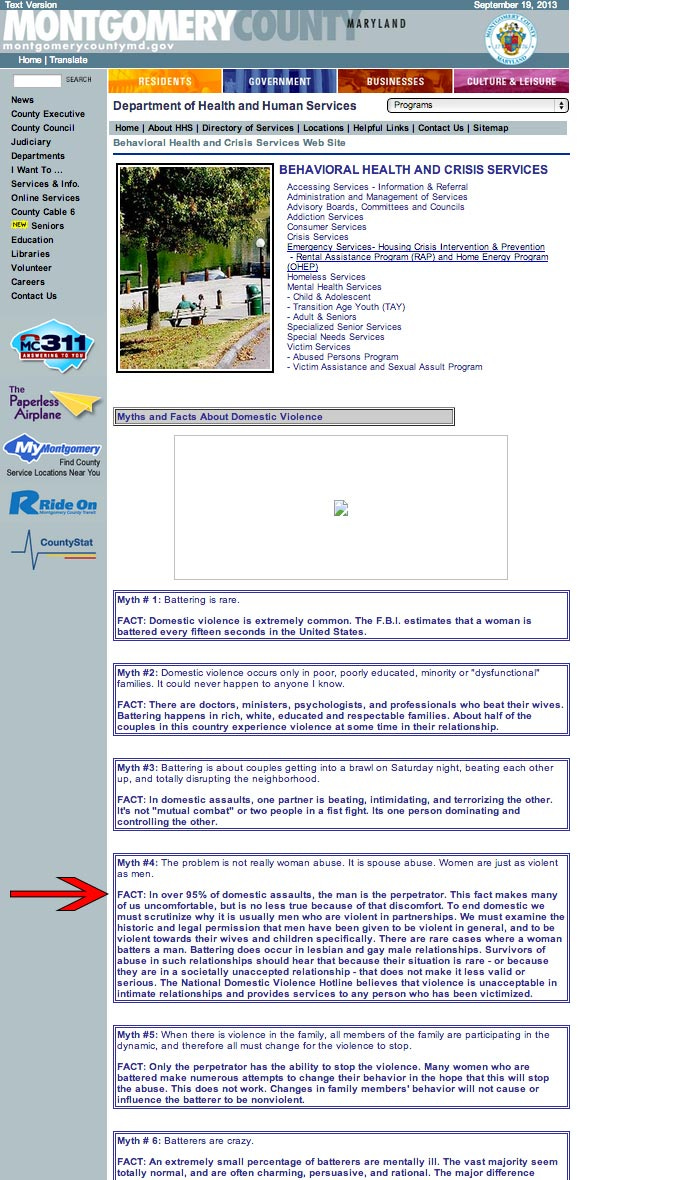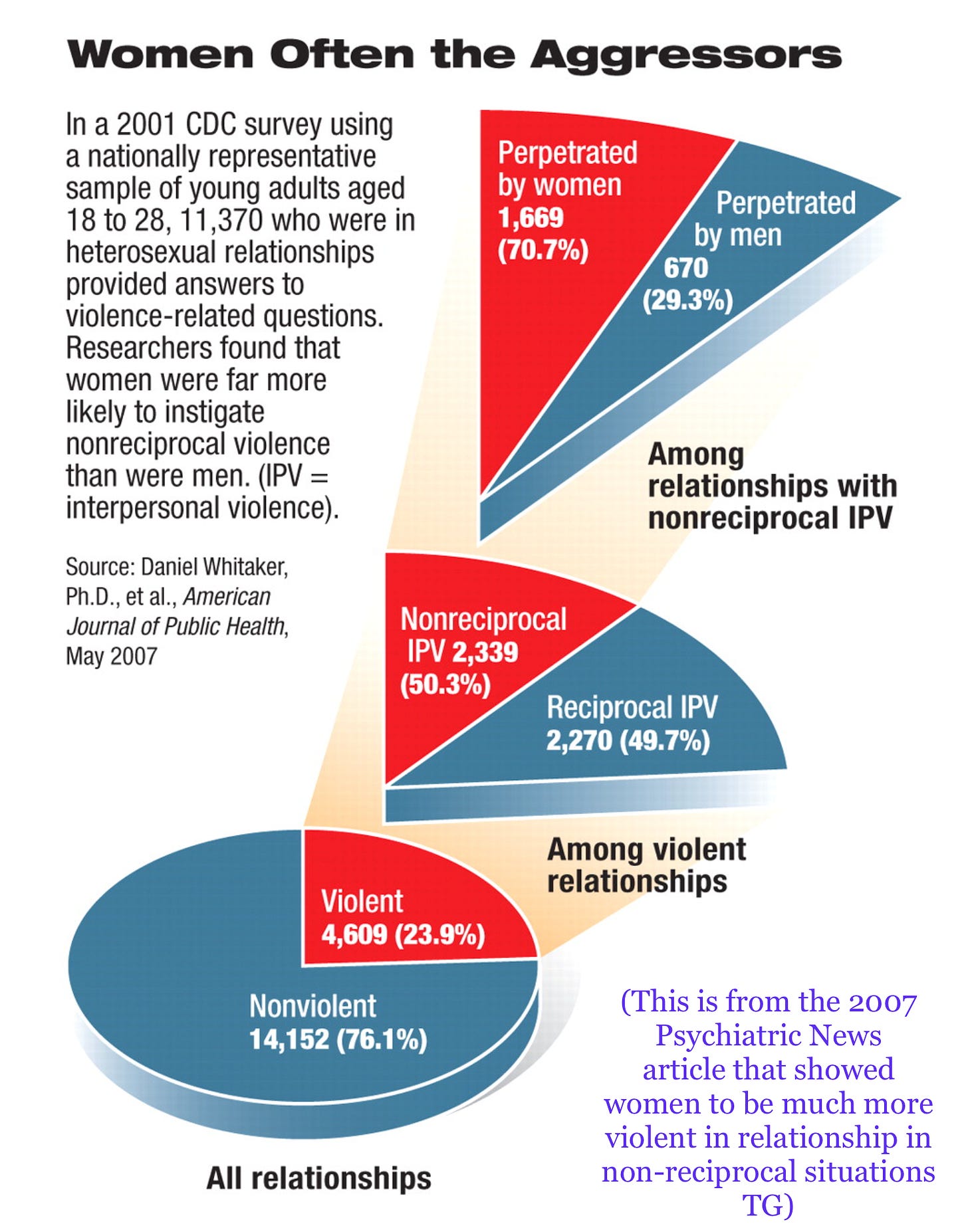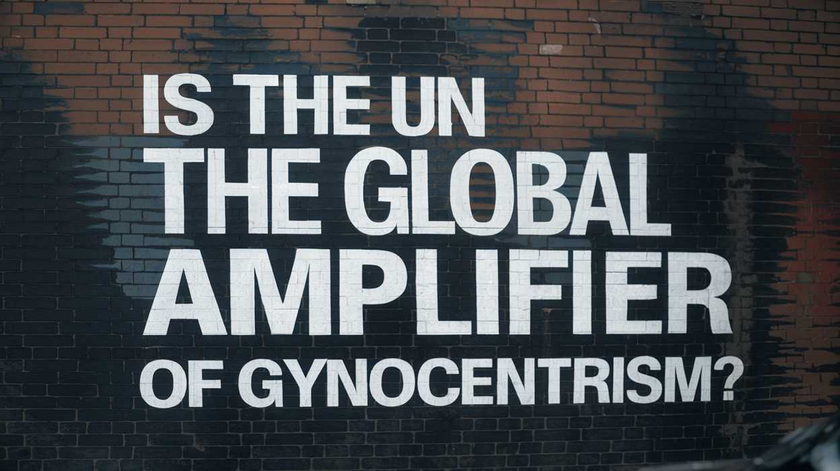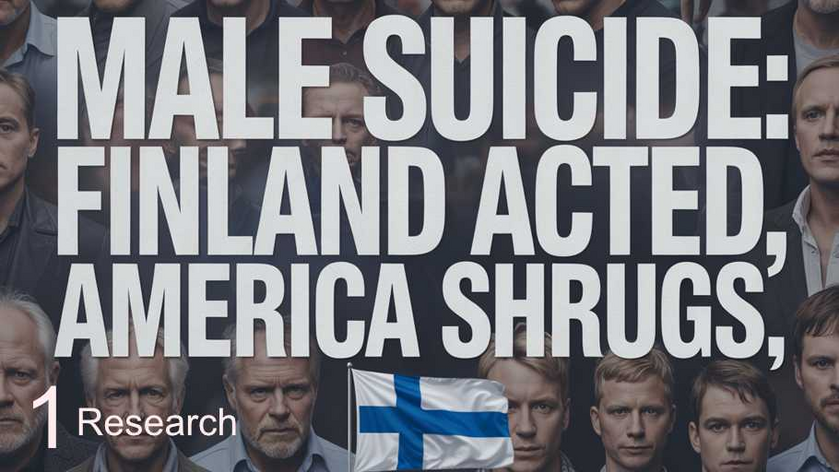
Part One - How Finland Faced Its Suicide Crisis Head-On
Part 1 of 3 in a series on what the world can learn from Finland’s suicide prevention efforts
In the United States, the conversation about male suicide is as predictable as it is shallow. “Men just won’t seek help,” we’re told. And that’s the end of it. Nothing more is asked, and nothing more is done.
But in the 1980s, Finland was facing a suicide crisis of its own. Suicide rates were among the highest in Europe, and the deaths were concentrated in a very particular group: men — often rural, middle-aged, isolated, and drinking too much.
Finland could have shrugged, as America does, and accepted that “men just won’t seek help.” Instead, they made a very different choice. They decided to find out, in painstaking detail, who was dying, where, and why.
The Scale of the Crisis
By the mid-1980s, the numbers were grim. Suicide had become one of Finland’s leading causes of death for working-age men. Rates had been climbing steadily since the 1960s, and by the 1980s they were among the worst in the developed world.
For a country that prided itself on being orderly, sober, and efficient, this was more than a statistical embarrassment — it was a national emergency.
In 1985, the Finnish Ministry of Health convened experts, psychiatrists, and policymakers. Their goal was clear: develop a national suicide prevention plan that would reduce suicides by 20% within ten years.
This was, at the time, a radical idea. No other country had attempted a national, research-based suicide prevention program on this scale.
But the Finns knew that to act wisely, they would first have to understand deeply. And that meant one thing: research.
A Radical First Step — Research Every Suicide
Most countries are content to look at suicide from a distance, through statistics. Age brackets, gender breakdowns, perhaps a line on a graph. Finland chose a different path.
In 1987, the government launched what became known as the Suicides in Finland 1987 study — a nationwide effort to examine, in intimate detail, every single suicide that occurred over the course of one year.
Not a sample. Not an estimate. Every case.
For each of the roughly 1,400 suicides, researchers conducted what’s called a psychological autopsy. They interviewed families, spoke to friends and neighbors, and combed through medical and police records. They asked hard questions: What was happening in this person’s life? Had they ever sought care? Were there early warning signs?
The project engaged hundreds of professionals across the country: doctors, social workers, police officers, even clergy. It was one of the most ambitious suicide research efforts ever attempted, and it immediately began to change the way Finns thought about the problem.
The findings were stark. Suicide in Finland was not a random scattering of tragedies. It clustered in specific groups:
Middle-aged rural men, often farmers or hunters, living in isolation.
Young men rejected from compulsory military service, who carried the stigma of “failure” at the very moment they were trying to establish their adult identity.
Men with alcohol dependence, frequently untreated.
People who had never had contact with mental health services at all.
For the first time, Finland could say not just how many suicides were happening, but who was dying, where, and under what circumstances.
This wasn’t abstract theory. It was a roadmap. And it set the stage for something even more unusual: a national plan to intervene, directly and specifically, in the lives of those most at risk.
The Provincial Lens
The brilliance of the Finnish project wasn’t just in collecting data — it was in how they used it.
Instead of keeping the results locked away in government reports or academic journals, the findings were handed back to the provinces. Each region received its own suicide profile: a detailed account of who in their community was dying, what patterns were visible, and where the weak points in support systems lay.
In one province, the data might highlight young men failing conscription. In another, middle-aged farmers drinking heavily and living alone. In yet another, the lack of follow-up care for suicide attempts.
These weren’t abstract numbers anymore. They were portraits of neighbors, colleagues, and fellow parishioners. And the responsibility was clear: suicide prevention would have to be tailored locally.
Provincial health officials, police, clergy, teachers, and even farmer’s associations were drawn into the effort. Instead of a purely top-down campaign dictated from Helsinki, Finland was building a network of local responses, each shaped by the community’s own data.
This was a crucial shift. Suicide wasn’t just a “psychiatric problem” to be handled in hospitals. It was a social and cultural problem too — one that touched schools, military bases, rural hunting clubs, and village churches.
By the early 1990s, Finland had something no other country had ever built: a nationwide, locally adapted suicide prevention strategy, grounded in evidence about real people in real places.
Why This Matters
What Finland did in the late 1980s was extraordinary.
Instead of throwing up their hands and sighing that “men just won’t seek help,” they went out and found the men who were dying. They studied the contexts of their lives, the patterns in their struggles, the systems that failed them.
By the early 1990s, Finland could point to its suicide crisis and say with precision:
We know who is most at risk.
We know where the deaths are happening.
We know the social and cultural factors driving them.
This is the foundation of prevention. You cannot help people you refuse to see.
And here lies the striking contrast with the United States. To this day, our suicide surveillance is patchy, fragmented, and often superficial. We rarely break down the data in meaningful ways, and even when we do, we almost never follow it with targeted action. Middle-aged men in rural communities — by far the group most at risk — remain largely invisible in our prevention systems.
Finland chose another path. They chose to look directly at the problem, however uncomfortable. And that choice gave them a roadmap for action.
Coming Next: From Research to Action
Research alone does not save lives. But in Finland, research was only the beginning.
The findings from the 1987 study became the blueprint for one of the boldest public health experiments in the world: a nationwide suicide prevention strategy that would mobilize schools, churches, the military, the media, and even rural hunting clubs.
And it worked. Suicide rates, which had been climbing steadily, began to fall.
In the next post, we’ll look at how Finland took the data in hand and transformed it into practical, creative interventions — and how entire communities became part of the prevention effort. It should post a week from today.
Men Are Good.
